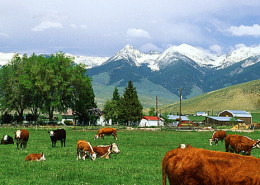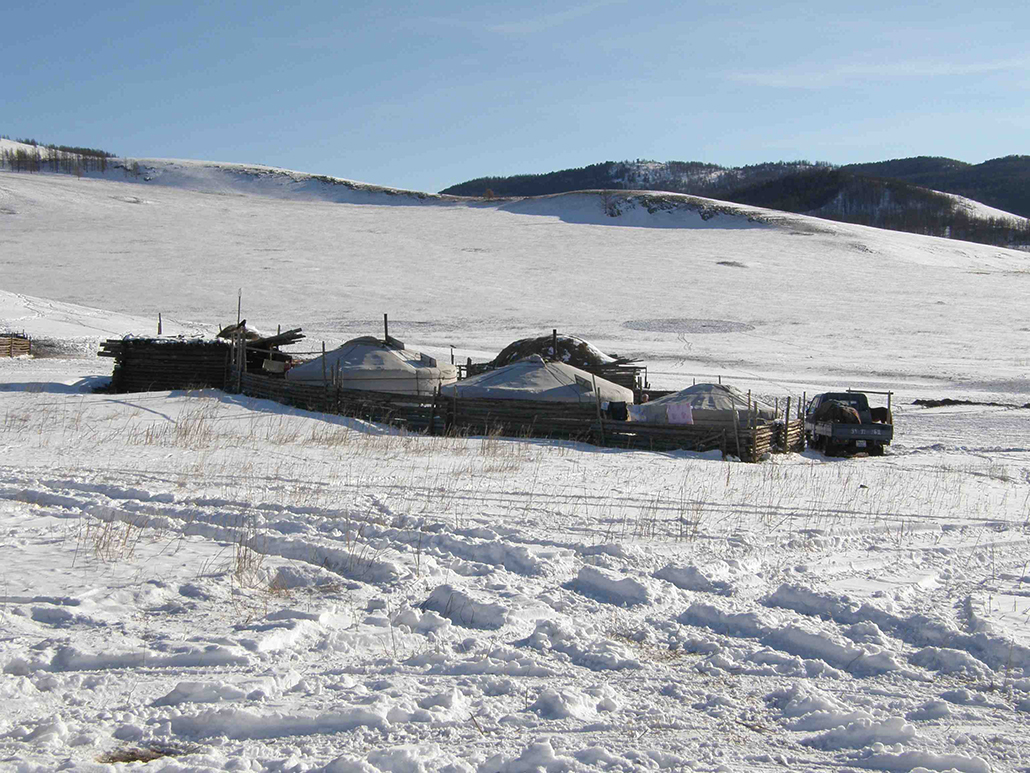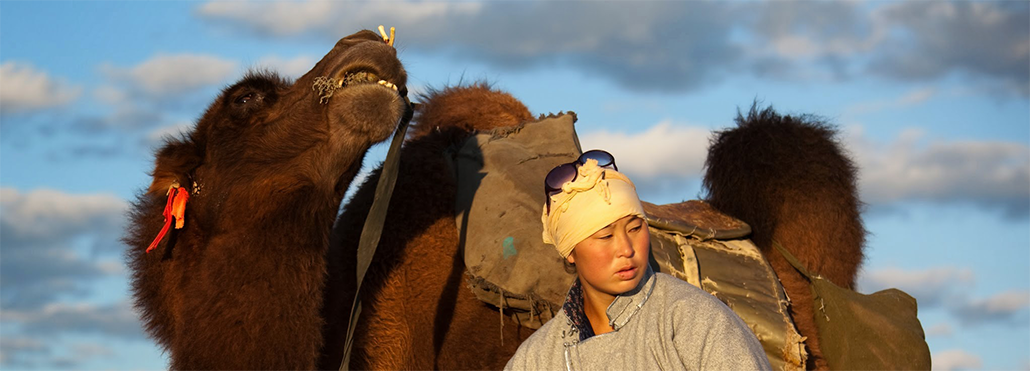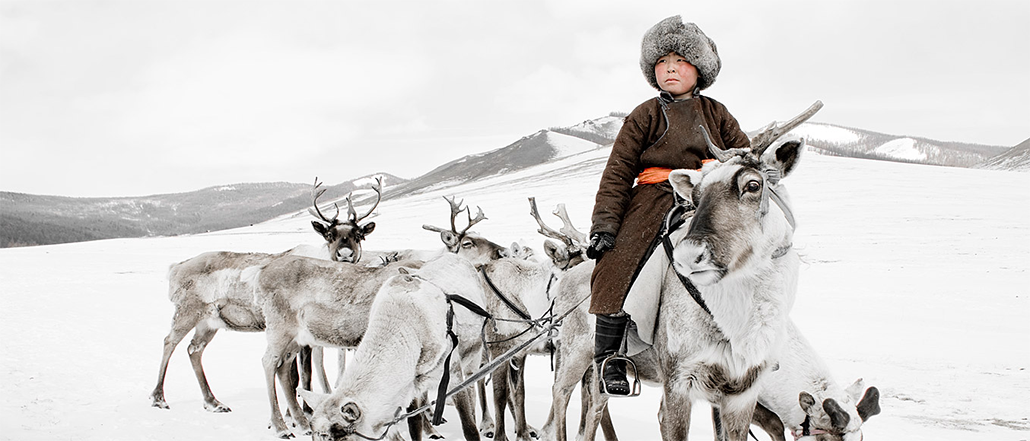Ruminant Supply Chains in Mongolia
Place: Mongolia • Dates: 2013 • Partner: FAO
Background
Livestock raising and marketing remain among the most socially influential activities in Mongolia. In addition to its historical and cultural importance, livestock secures not only the national food supply but the livelihoods of extensive populations of pastoralists and small enterprise intermediaries. After a long and continuous history of adaptation, emerging trends are changing the strength, weakness, opportunity, and threat (SWOT) conditions facing small herders in Mongolia. Most prominent among these changes are expanding demand, pastoral resource sustainability, and demographic transitions. As the risks facing the sector have changed, policies have adapted to better protect its stakeholders. In the following assessment, we review these developments and suggest supporting strategies to improve livestock sustainability and livelihoods in Mongolia.
Methods and Data
Contrasting historical practices with new sustainability challenges, this report assesses emergent risks for Mongolian livestock producers, particularly small-scale herders, and their implications for national food security. Our approach has been to combine extensive background material from the relevant literature, official data sources, and direct field observation to construct a balanced, comprehensive, and up-to-date review of sector conditions. The analysis is intended to place Mongolian herders in the context of the challenges and opportunities they face in the rapidly changing environment that is today’s Mongolia. Based on this empirical assessment, we conclude with a series of recommendations for policy consideration and further research.
Results
The general findings of this assessment, consistent with present day official and independent perspectives, are that livestock supply chains in Mongolia remain ill- equipped to deal with expected sector transitions. In particular, the majority of producers will not fully capitalize on the potential of growing demand for livestock products unless more sustainable means of herd expansion and management of herd composition are achieved.
Conclusions and Recommendations
This review of Mongolian livestock keeping yielded two types of recommendations, one for supporting policy initiatives and one for further research to make overall policy more effective. These are summarized in the boxes below and discussed in detail in the penultimate section of the report. Secondly, investment strategies for small-scaleherders need to be better supported by risk management mechanisms to avoid under-investment in product quality and livelihood risk arising from weather shocks.
Policy Recommendations
- Extend the index-based livestock insurance (IBLI) scheme with a separate voucher or conditional cash transfer programme to promote participation by poorest herders
- Assist existing efforts to reduce the impact of dzud by promoting institutions that facilitate short term long-distance migration in response to extreme weather events
- Focus public investment in value chain development on meat and hides (rather than fibre)
- Avoid futures contracts for livestock products
Research Recommendations
- Pilot studies on ‘Incentive Compatible’ cash grants to stimulate value chain development
- Ex-ante impact assessment for projects aimed at increased participation in the IBLI and / or hide value chain development
Most Recent Entries

Low Carbon Biomass Conversion in the Sierra Nevada






